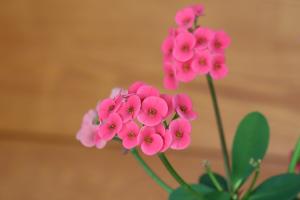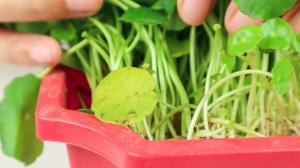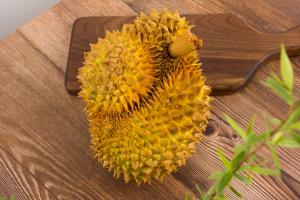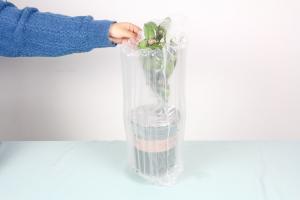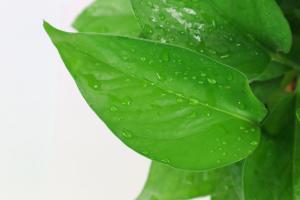1、 Curing method
1. Temperature: because apricots like warmth, try to keep it between 20 and 25 degrees. Its heat resistance is very strong. Therefore, the high temperature in summer generally does not pose a great threat to it, but it can not be placed in a too muggy environment. Moreover, it has strong cold resistance, but the parts on the ground will be afraid of frost
2. Light: Apricot has strong adaptability to sunshine, because it grows well in strong light and weak light. If you want to make it grow better, you can provide an astigmatic environment

3. Watering: Apricot has good drought resistance, so the amount of water required is not much at ordinary times. You can supplement it appropriately, as long as it is very dry in a short time. However, when evaporation is very much, try to provide sufficient water
4. Fertilization: Almond does not need much fertilizer and has strong adaptability. As long as the nutrition in the soil is sufficient, topdressing is basically not required at ordinary times

2、 Breeding skills
1. Reproduction: sowing method can be used, "drill sowing" or "sowing". When the fruit turns brown, it can be harvested, and then take out the seeds and select the appropriate sowing. It needs to be soaked for 24 hours before sowing. The row spacing and plant spacing can be controlled at 50 cm. When it grows into a seedling, it can be transplanted
2. Pruning: the leaves of apricot often grow very dense, especially when it grows very vigorously. Therefore, it needs to be trimmed regularly. Too dense and messy can be cut off. The diseased leaves can be cut off directly. If it is planted in a large area, the plants can be directly disposed of

3、 Diagnosis and treatment problems
1. Disease: the main disease is "Fusarium wilt". The effect of methyltobuzin is better, and carbendazim can also be used. It can be sprayed once in five to seven days, and it can be cured two or three times
2. Insect pests: one of the most common pests is the "cabbage worm". BT powder can be used to eliminate them

4、 Other issues
1. Toxicity: its young leaves contain a substance that is toxic. However, the toxicity is not large, and after cooking, the toxicity will disappear
2. Whether it can be raised at home: it is not an ornamental plant. Generally, it is not raised at home

 jackfruit
jackfruit snake plant
snake plant hibiscus
hibiscus hydrangea
hydrangea lavender
lavender Green roses climb al...
Green roses climb al... If you don't pay att...
If you don't pay att... Management of four g...
Management of four g...

